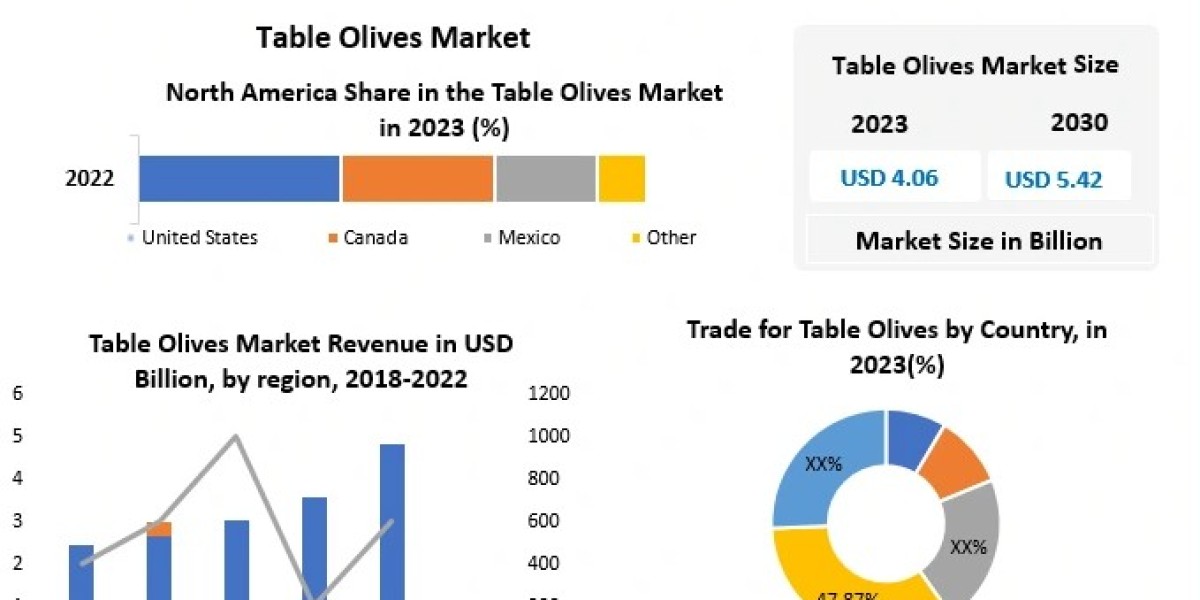The kitchen remodeling is more than just a place to prepare meals; it's the heart of your home, where family and friends gather to create memories. If your kitchen feels outdated, cramped, or simply doesn't meet your needs, a remodel can breathe new life into this essential space. Whether you're planning a minor refresh or a complete overhaul, this guide will help you navigate the process of kitchen remodeling, ensuring that your new kitchen is both functional and beautiful.
1. Planning and Budgeting
The foundation of a successful kitchen remodel lies in careful planning and a realistic budget.
- Assess Your Needs: Start by evaluating your current kitchen. What works well, and what doesn't? Identify your pain points—whether it's a lack of counter space, insufficient storage, or outdated appliances—and prioritize the changes that will have the most significant impact on your daily life.
- Set a Budget: Kitchen remodeling costs can vary widely depending on the scope of the project and the materials you choose. Establish a budget that aligns with your goals, and be sure to include a contingency fund for unexpected expenses. This will help you stay on track financially throughout the remodel.
- Gather Inspiration: Before making any decisions, spend time gathering inspiration. Look at kitchen designs in magazines, on websites, and through social media platforms like Pinterest and Instagram. This will help you refine your style and give you a clear vision of your dream kitchen.
2. Design and Layout
The design and layout of your kitchen are critical to its functionality and flow.
- Work Triangle: The work triangle—a design principle that places the sink, stove, and refrigerator in close proximity—promotes efficient movement and workflow in the kitchen. Ensuring these three elements are strategically positioned will make cooking and cleaning more streamlined.
- Layout Options: Depending on your kitchen's size and shape, you can choose from several common layouts, such as L-shaped, U-shaped, galley, or open-concept. Each layout offers unique advantages, so consider your space and how you use your kitchen when selecting the best one for your needs.
- Material Selection: The materials you choose for your countertops, cabinets, and flooring will set the tone for your kitchen. Durable materials like granite, quartz, and solid wood are popular for their longevity and aesthetic appeal. Consider how these materials will hold up to daily use and complement the overall design.
3. Cabinetry and Storage
Cabinets play a central role in both the functionality and style of your kitchen.
- Custom vs. Stock Cabinets: Custom cabinets offer the most flexibility in terms of design and size, allowing you to tailor them to your space and storage needs. However, they come at a higher cost. Stock or semi-custom cabinets are more budget-friendly and available in a variety of styles and finishes.
- Storage Solutions: Efficient storage is key to a functional kitchen. Consider incorporating features like pull-out shelves, lazy Susans, deep drawers for pots and pans, and built-in organizers. An island with additional storage can also enhance the usability of your kitchen.
- Open Shelving: Open shelving is a popular trend that adds a modern, airy feel to the kitchen. It’s perfect for displaying dishware or decorative items, but it requires careful organization to keep the space looking tidy.
4. Appliances
The right appliances can make all the difference in your kitchen’s functionality.
- Choose the Right Appliances: Select appliances that match your cooking style and frequency. If you love to cook, investing in a high-quality range or a double oven might be worthwhile. If you entertain often, a larger refrigerator or a second dishwasher could be valuable additions.
- Energy Efficiency: Opt for energy-efficient appliances to save on utility bills and reduce your environmental impact. Look for the Energy Star label, which indicates that the appliance meets specific energy-saving criteria.
- Finish Options: Stainless steel remains a popular choice for its sleek look and durability. However, matte black, white, and colorful appliances are gaining popularity for their ability to make a bold design statement.
5. Lighting
Proper lighting is essential in the kitchen, where tasks require clear visibility.
- Ambient Lighting: Ambient lighting provides overall illumination for the kitchen. Recessed lighting or ceiling-mounted fixtures work well for this purpose, ensuring the entire room is well-lit.
- Task Lighting: Task lighting is crucial for areas where specific tasks are performed, such as the countertop, stove, and sink. Under-cabinet lighting, pendant lights over an island, or focused spotlights can help ensure you have the light you need where you need it.
- Accent Lighting: Accent lighting adds depth and character to your kitchen. Use it to highlight architectural features, artwork, or a beautiful backsplash, adding a touch of luxury to the space.
6. Countertops and Backsplashes
Countertops and backsplashes are both functional and decorative elements in the kitchen.
- Countertops: The choice of countertop material can significantly impact the look and functionality of your kitchen. Granite, quartz, and marble are durable and luxurious, offering a wide range of colors and patterns. For a more budget-friendly option, consider laminate or butcher block countertops.
- Backsplashes: The backsplash protects your walls from spills and splatters while adding a decorative element. Subway tiles are a classic choice, but glass, metal, or mosaic tiles can create a more unique and personalized look. Consider how your backsplash will complement your countertops and cabinets.
7. Flooring
Kitchen flooring must be durable, easy to clean, and visually appealing.
- Tile: Porcelain or ceramic tiles are durable and water-resistant, making them a popular choice for kitchen floors. They are available in a wide range of colors and styles, allowing you to create a custom look.
- Hardwood: Hardwood floors add warmth and elegance to a kitchen but may require more maintenance, especially in high-traffic areas. Engineered wood is a more moisture-resistant alternative that still offers the beauty of real wood.
- Vinyl or Laminate: These cost-effective options mimic the look of wood or tile and are easy to maintain, making them popular choices for busy kitchens.
8. Finishing Touches and Decor
The final touches bring your kitchen remodel together and reflect your personal style.
- Hardware: Cabinet handles, drawer pulls, and faucets are the finishing touches that can enhance the overall design of your kitchen. Choose finishes that complement your cabinetry and appliances, such as chrome, brushed nickel, or matte black.
- Color Scheme: Whether you prefer a neutral palette or a bold pop of color, your color scheme should tie all the elements of your kitchen together. Consider the color of your cabinets, countertops, and backsplash when selecting paint colors.
- Decor: Add personal touches with art, plants, and kitchen accessories. A statement light fixture, a colorful rug, or a unique piece of decor can add warmth and personality to your kitchen.
Conclusion
A kitchen remodel is a significant investment that can enhance your home's value and your daily life. By carefully planning each aspect—from design and layout to material selection and final touches—you can create a kitchen that is not only functional but also a joy to cook and entertain in. Whether your style is modern and minimalist or cozy and traditional, a well-executed kitchen remodel can transform your space into the heart of your home.













